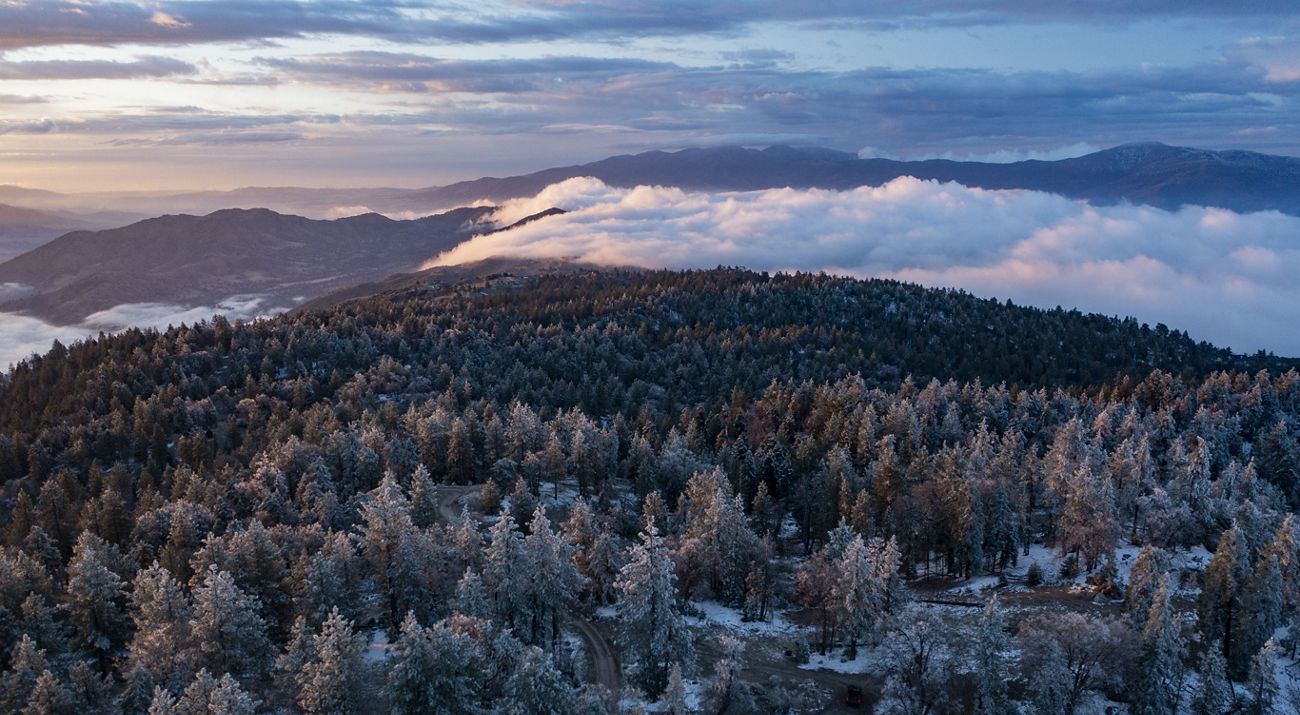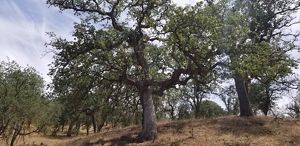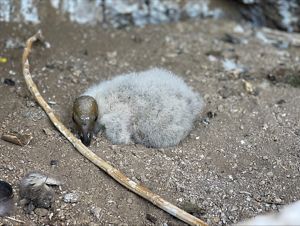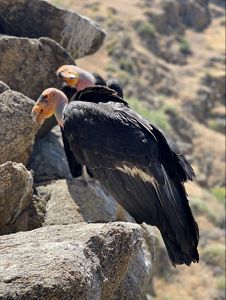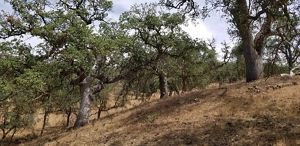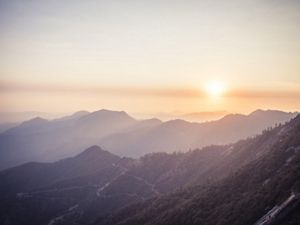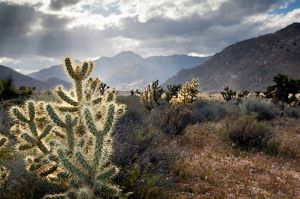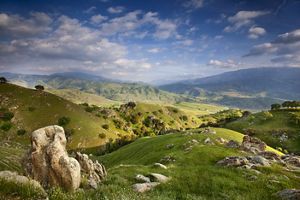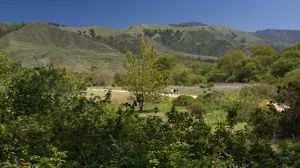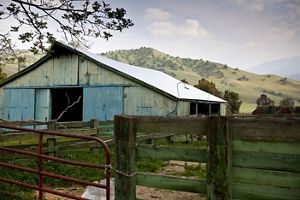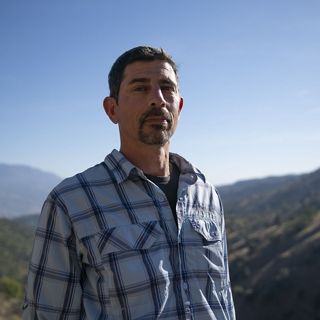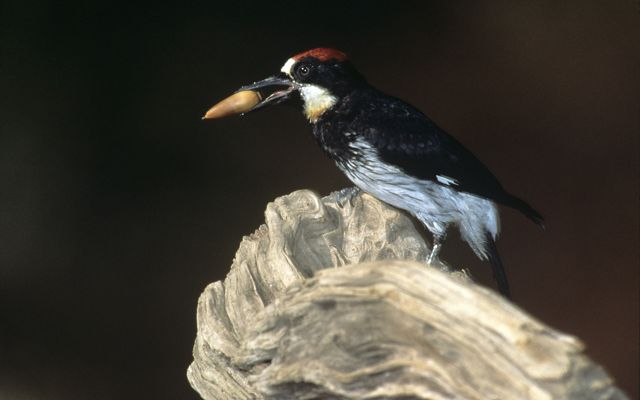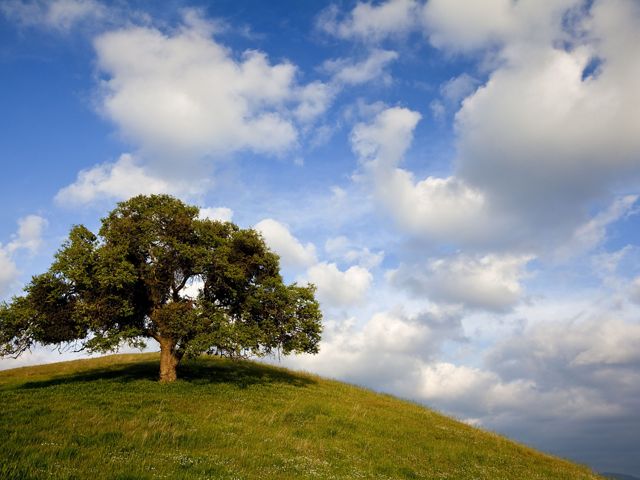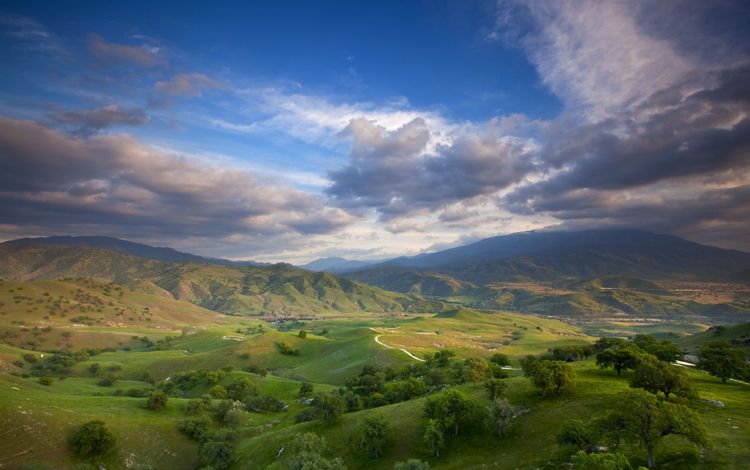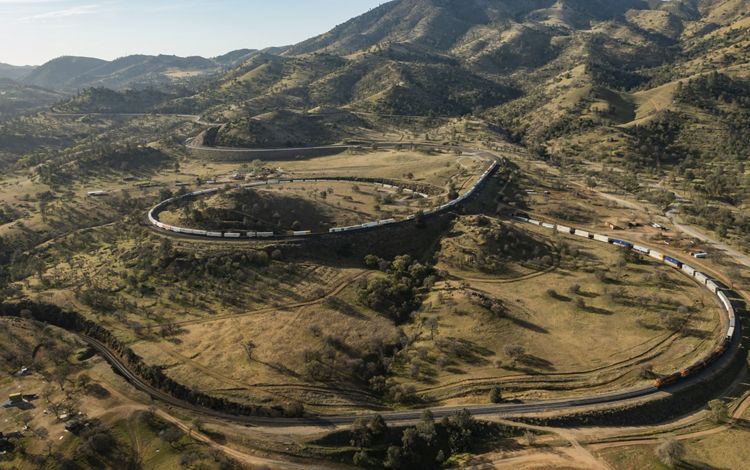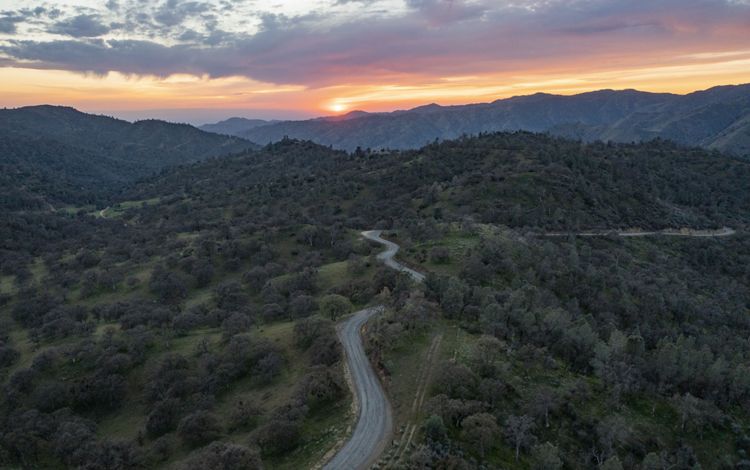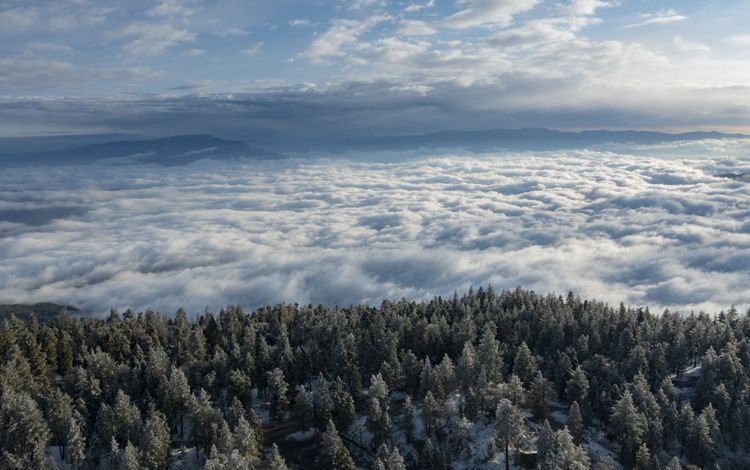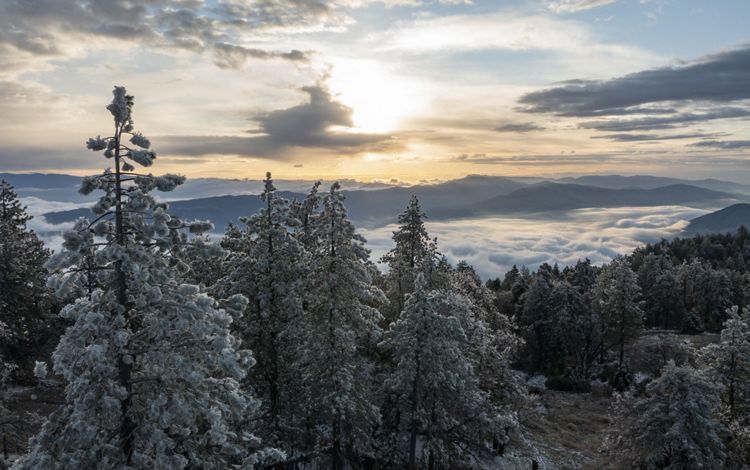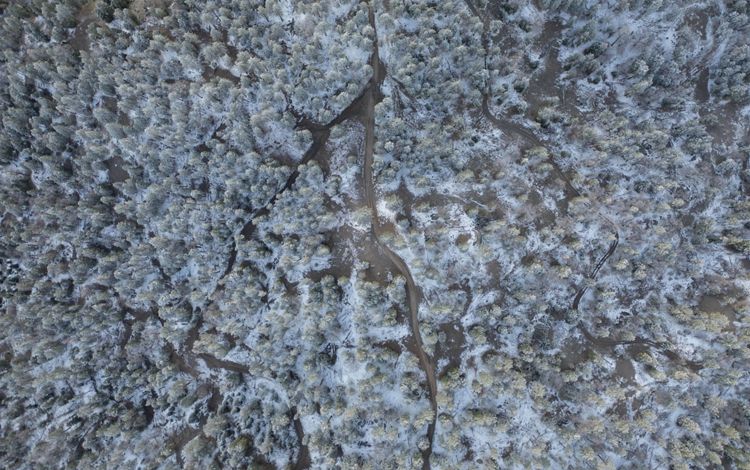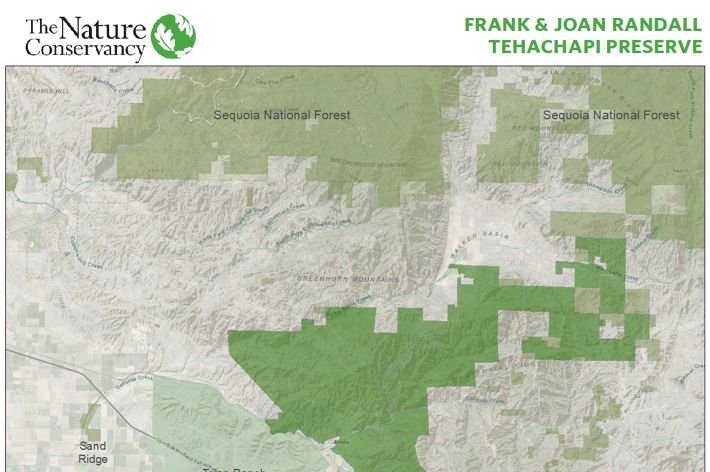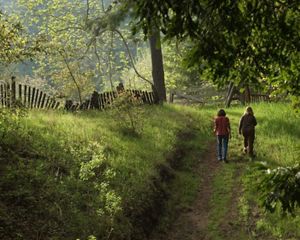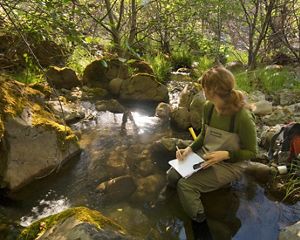Description
The Tehachapi foothills have long been a lifeline for nature and people on the move. Just one hundred miles north of downtown Los Angeles, this vast stretch of land is a critical link in a wildlife corridor that spans not just California but the entire west coast of North America from Mexico to Alaska. The Randall Preserve is a critical lifeline for hundreds of species, including some of our state’s most iconic like the black bear, mountain lion, bobcat and endangered California condor. In the face of climate change, this region will be more important than ever.
People also use the Tehachapi corridor. The preserve property is home to one of the seven railroad wonders of the world, the Tehachapi Loop, a historic loop of railroad that allows trains to climb the terrain's steep grade. This elevational gradiant is one of the things that makes this geography so important for climate resilience.
At over 70,000 acres, the Randall Preserve is TNC’s largest preserve in California and it positions our organization to realize some of our most ambitious goals in connecting ecosystems across the state.
